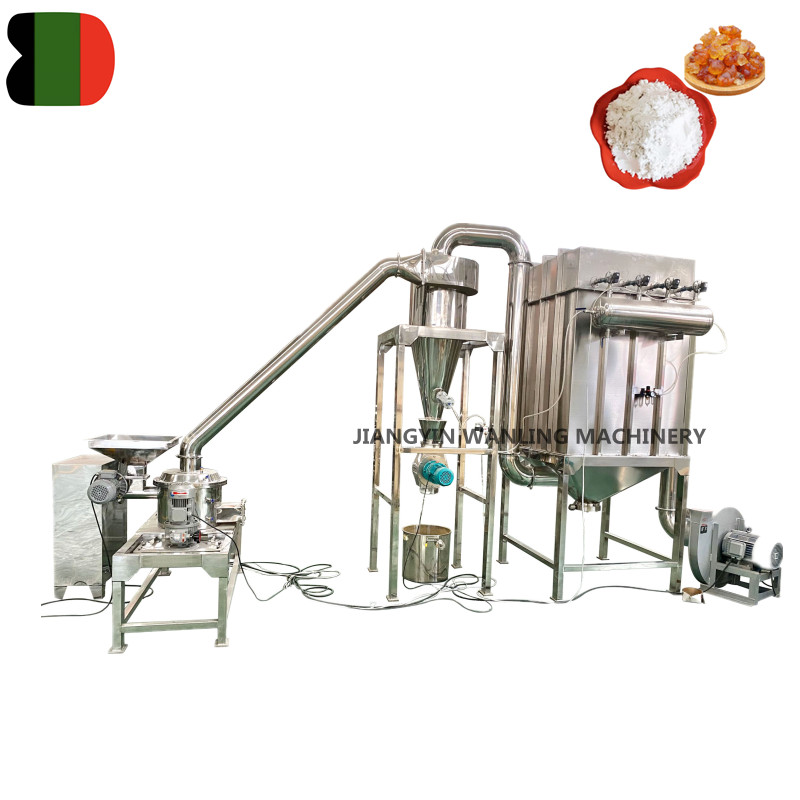The size and design of a sugar mill machine play crucial roles in determining the fineness of the sugar produced. Here’s how they influence the outcome:
Mill Size:
Larger Mills: Larger sugar mill machines generally have more powerful motors and greater capacity, allowing them to grind larger quantities of sugar more efficiently. These machines often have more extensive grinding surfaces, which can lead to finer sugar, especially when used at lower feed rates.
Smaller Mills: Smaller machines might produce coarser sugar due to limited grinding surface area and power. However, they can be designed for precision grinding, focusing on producing small batches of very fine sugar.
Grinding Mechanism:
Roller Mills: In roller mills, the gap between the rollers can be adjusted to control the size of the sugar particles. Closer gaps produce finer sugar. The design of the rollers, including their texture and hardness, also affects the fineness.
Hammer Mills: These mills use hammers to crush the sugar. The fineness is determined by the size of the screen or mesh through which the sugar passes after being ground. Smaller mesh sizes result in finer sugar.
Pin Mills: Pin mills grind sugar using pins or disks rotating at high speeds. The fineness is influenced by the spacing and design of the pins, as well as the speed of rotation.
Speed and Rotational Design:
Higher Speed: Higher rotational speeds in the mill can create more impact force, which generally leads to finer grinding. However, excessive speed may also generate heat, which can affect the texture and consistency of the sugar.
Variable Speed Control: Machines with variable speed controls allow operators to fine-tune the grinding process, adjusting for the desired fineness. This flexibility is particularly important in producing consistent results.

Feed Rate and Input Size:
Feed Rate: A slower feed rate often allows for more thorough grinding, resulting in finer sugar. If the feed rate is too high, the machine might not grind the sugar as finely, leading to coarser particles.
Input Size: The initial size of the sugar crystals fed into the mill affects the final particle size. Smaller input crystals are easier to grind into fine powder, while larger crystals may require more extensive grinding.
Design Features:
Cooling Systems: Machines equipped with cooling systems can prevent the sugar from melting or clumping due to heat generated during grinding, helping to maintain fineness.
Precision Engineering: Sugar mills designed with tight tolerances and high-quality materials can achieve finer grinding with greater consistency. The alignment and balance of moving parts are critical in producing fine sugar.
Mill Type Selection:
Specialized Mills: Some mills are designed specifically for producing very fine sugar, such as those used in the confectionery industry. These mills may include additional features like air classifiers that separate fine particles from coarser ones, ensuring uniform particle size.
The size and design of a sugar mill machine directly influence the fineness of the sugar produced by controlling factors like grinding surface area, speed, feed rate, and cooling. Choosing the right combination of these factors is essential for achieving the desired sugar fineness in industrial applications.



 Español
Español














